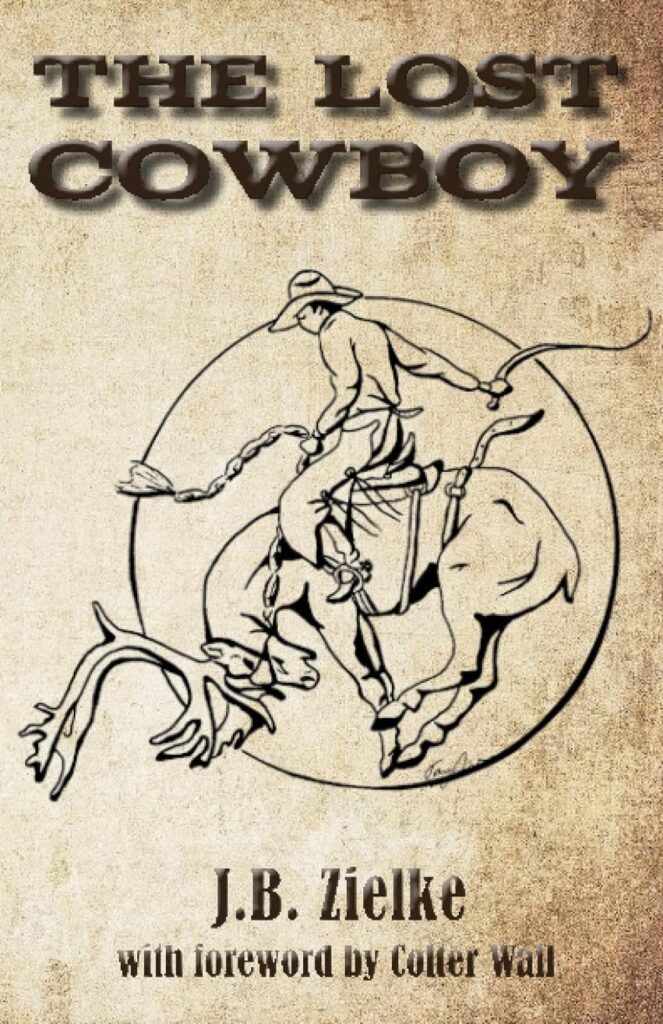The Lost Cowboy by J. B. Zielke is an awe-inspiring true story of the author’s quest for knowledge about modern-day cowboying around the world. Zielke, in his twenties, traveled to six continents, working on ranches and learning the hard way the life of the cowboy, often in untamed land.
Zielke, an experienced horseman and rodeo competitor, began his quest in Australia where cowboys are called “ringers.” When he first arrived he was met by two rough, dusty looking men, shoeless, wearing button-up shirts with no sleeves and very dirty shorts. Zielke worked with these men catching wild bulls. His time in Australia was spent working for and with some of the roughest, toughest people he had ever met.
Next on his quest was Argentina, thrust into a Spanish-speaking world where he worked at a guest ranch, then later worked round-up on a cattle ranch. Much of ranching was different than Zielke expected—even the saddles were constructed differently than either American or English.
Sweden, he found, was one of the most unique places to raise cattle in the world. The Swedish government is very much involved, enforcing strict rules, restrictions and regulations. A couple of examples: It is illegal to rope any animal, and all stock must be sheltered in a four-sided structure in winter. Still, as in most places, Zielke made the most of his stay and made a significant contribution to the work force.
In South Africa, Zielke, through his contacts with Future Farmers Foundation, helped mentor and work with students, some of whom were just getting started working with agriculture, and some who were running massive multimillion-dollar farms. Overall, Zielke found that Africa was like seeing the world as it really was.
In Mexico, Zielke worked on a large farm, mostly harvesting corn, then later worked on a ranch. He was constantly impressed with Mexican ingenuity and their ability to make broken-down machinery work.
Asia, specifically Mongolia, was Zielke’s final destination. One of his aims in Mongolia was to visit the last people on earth who still ride reindeer. He found the Tsaatan, people who live in northern Mongolia, the last semi-nomadic people who depend on reindeer for transportation.
The Lost Cowboy is a story of a man who sought his adventure the hard way. He endured hardships most people would not be willing to suffer. He wasn’t a rich man, but he labored to earn enough money to experience the riches and hardships of cowboys the world over. This review only touches on the highlights of what is a thoroughly entertaining, in-depth, and educational story of one man’s attempt to experience the cowboy life in different cultures.


